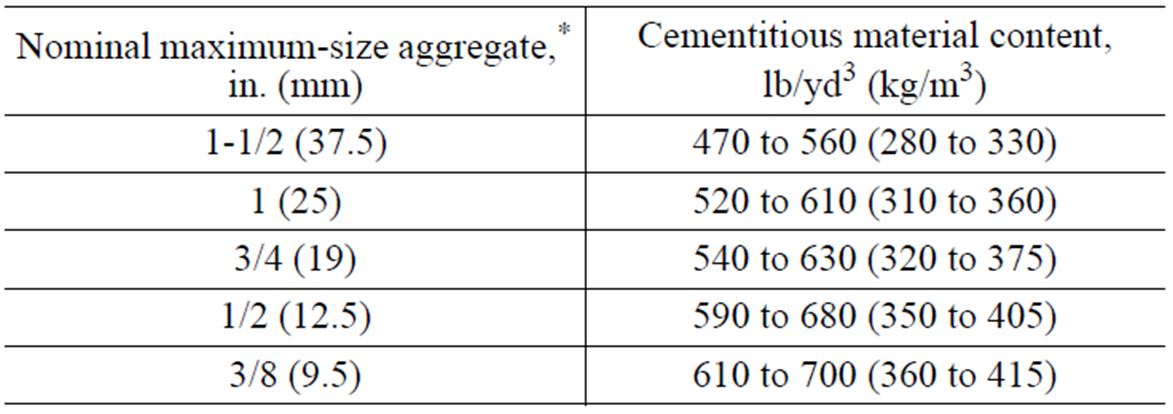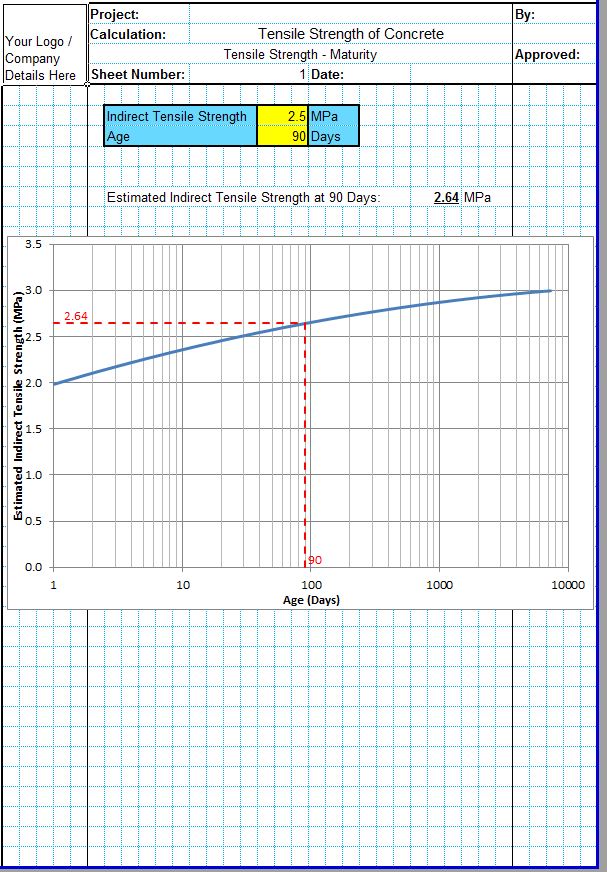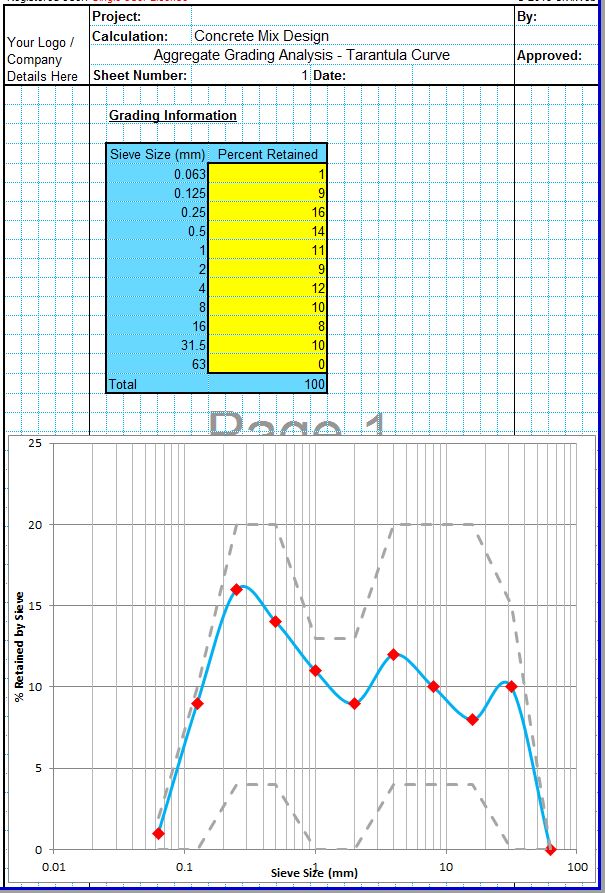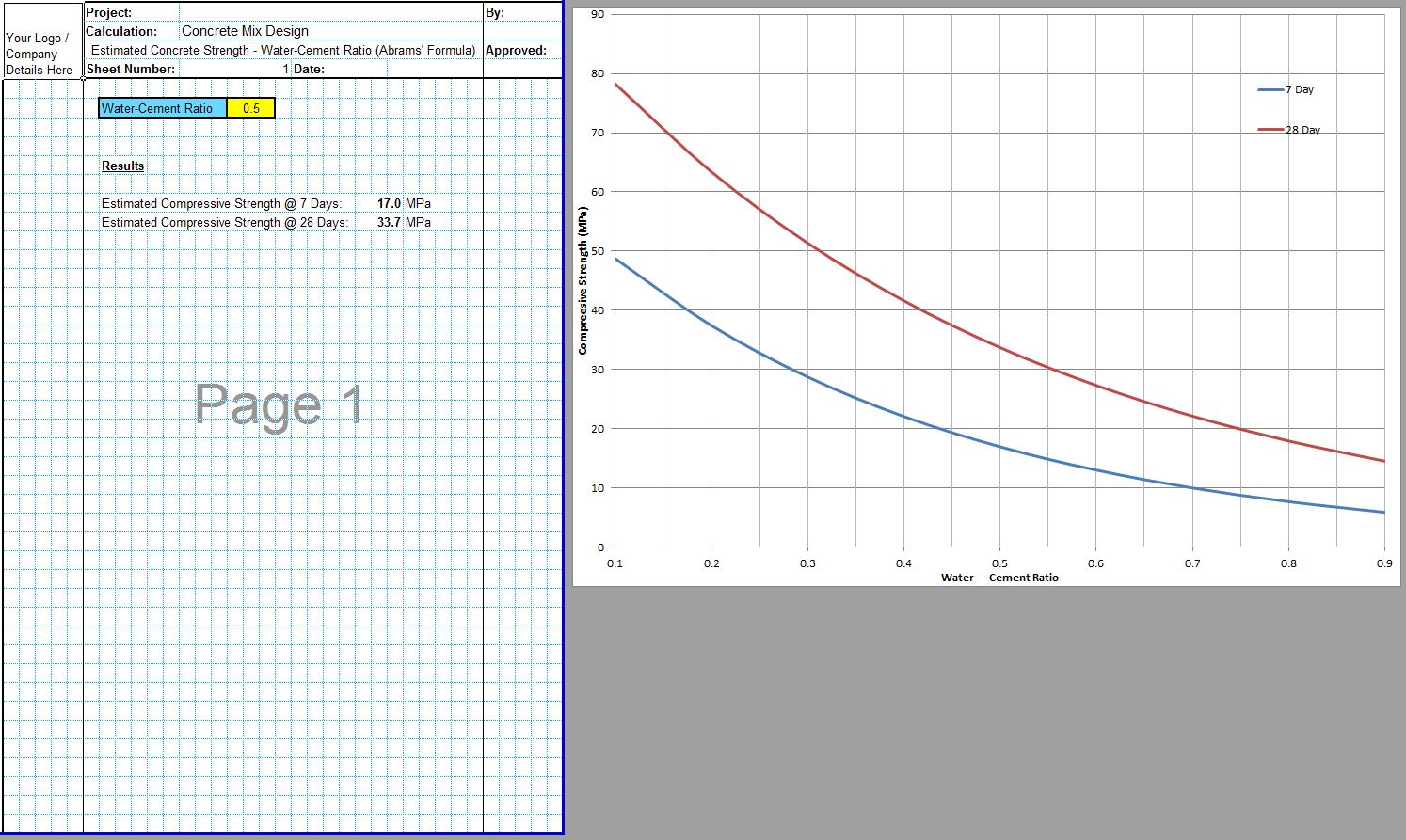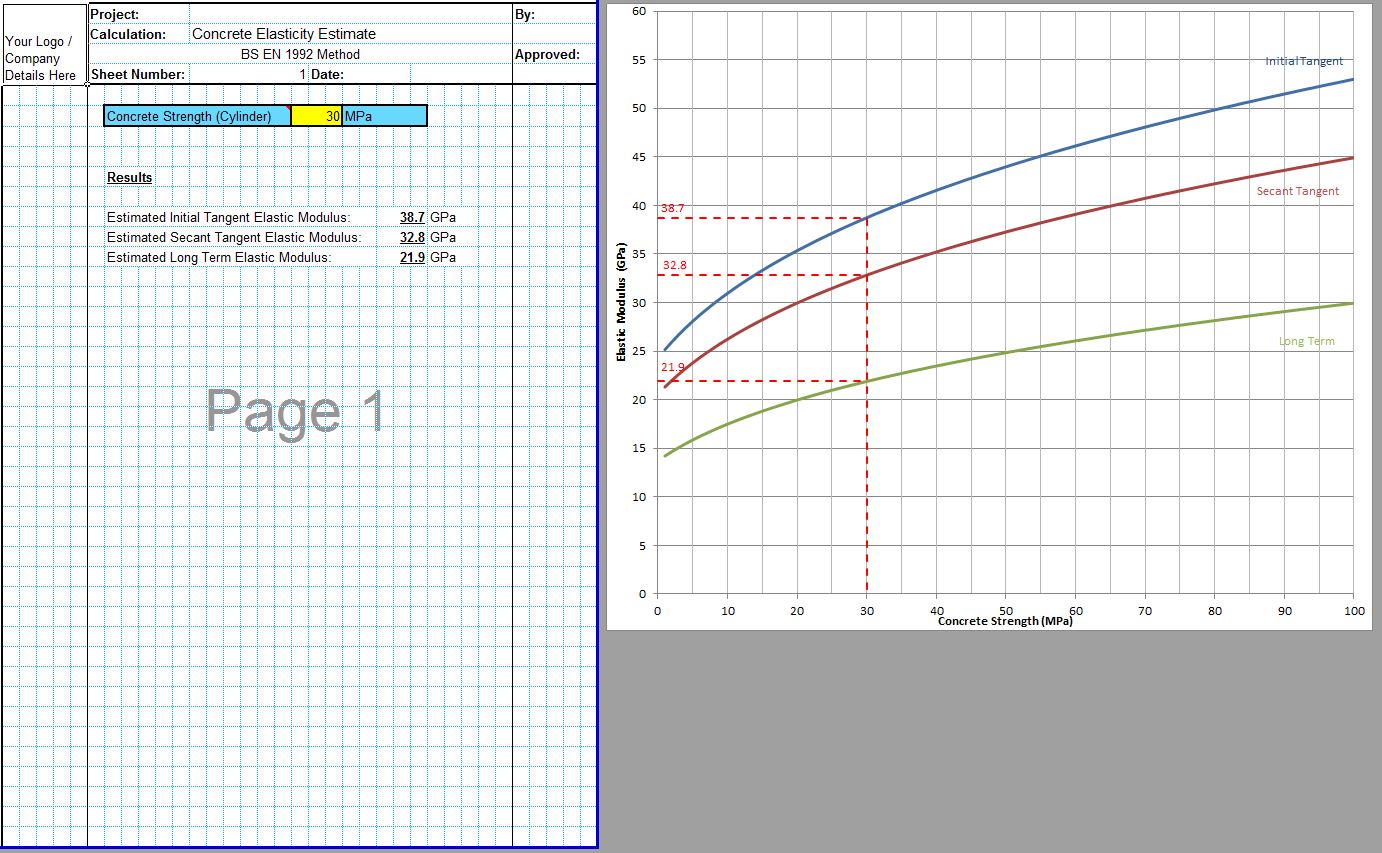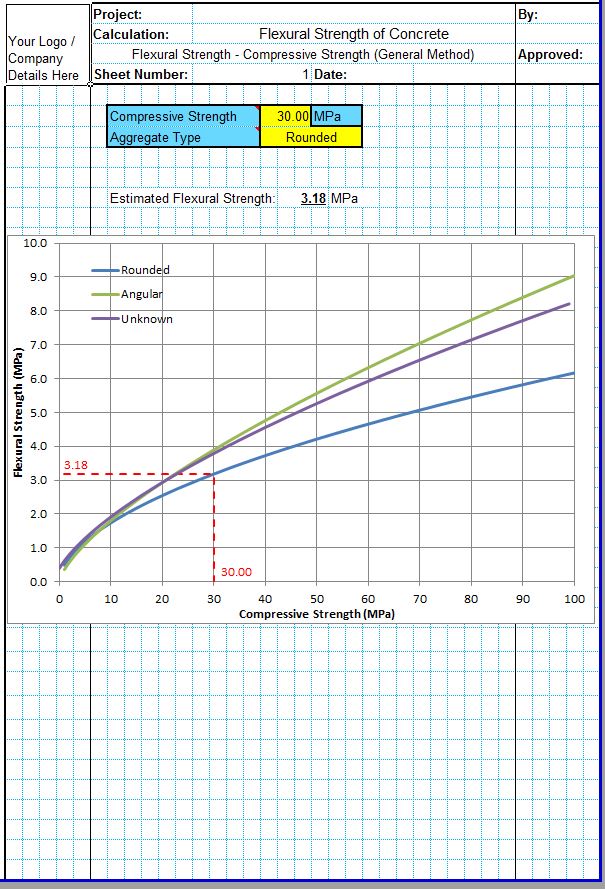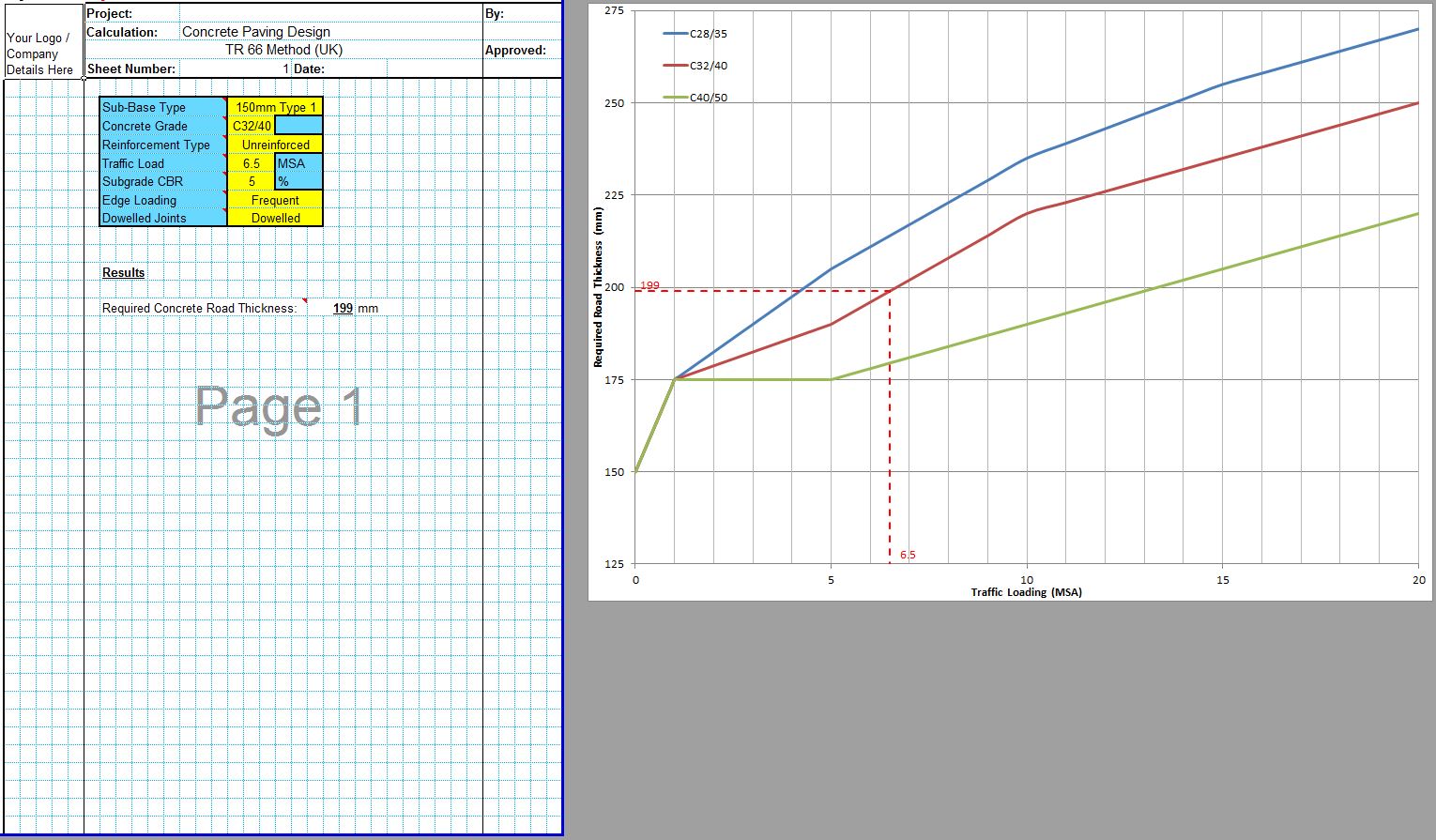The maximum aggregate size affects many of the properties of the fresh and hardened concrete including the water-cement contents and workability of fresh concrete, and the durability and shrinkage of the hardened concrete.
Maximum Aggregate Size Definition
Firstly the definition of maximum aggregate size in concrete is the smallest sieve through which 100% of the aggregates will pass. The nominal size of aggregate is the smallest sieve which can retain more than 15% of the total aggregates, though this is sometimes taken as the next sieve size down from the maximum aggregate size. Using the maximum nominal aggregate size avoids any issues with very small quantities of slightly oversized aggregates bumping the whole coarse aggregate grading into a higher band which is not really appropriate.
Optimizing the Maximum Aggregate Size in Concrete
The optimal maximum aggregate size needs to be determined both by the desired properties of the fresh and hardened concrete and by physical limitations. The physical limitations are typically the gaps between reinforcing steel bars or simply the depth of the slab for a concrete pavement or floor.
Physical Limitations on the Maximum Aggregate Size in Concrete
The most common physical limitation on the maximum nominal aggregate size in concrete is the gaps between steel reinforcing bars. The aggregates must be small enough to pass easily through and around the gaps in the steel reinforcement during compaction to avoid any voids around bars or honeycombing at the edges of the concrete. BS EN 13877-1 limits the maximum aggregate size in concrete to one third of the spacing between reinforcing bars. This is a more onerous restriction than in US standards which specify a maximum aggregate size of ¾ of the minimum spacing. The designer can make a judgement if the maximum aggregate size is likely to cause issues with closely spaced reinforcement in reinforced concrete.
For concrete pavements the maximum size of coarse aggregate must be small enough to sit suspended within the fresh concrete mix without breaking the surface of the concrete or impeding the compaction of the concrete. For this reason most national standards limit the maximum size of the aggregate to a proportion of the depth of the slab. BS EN 13877-1 limits the max aggregate size to one third of the depth of the slab, and this is consistent with US standards and general practice around the world, though some agencies may have slightly different restrictions.
Larger Maximum Size of Aggregate Used in Concrete
Within the above physical limits there may be a great deal of scope for including large or very large sized aggregates, particularly in thick unreinforced concrete slabs. In principle larger sized aggregates have a number of benefits to the mechanical performance of the concrete. Larger aggregate sizes have a smaller surface area and therefore require less water to remain workable, and in turn they require less cement which makes them more economical. Less cement also reduces the amount of shrinkage in the cement paste which reduces stress on the slab. The effects of larger maximum aggregate sizes on the required cement content can be seen in the below table taken from ACI 302.1.
Larger aggregate sizes also increase the aggregate interlock and therefore the load transfer across induced joints. Together with reduced shrinkage this can be used to potentially justify larger spacings between joints in concrete slabs. For this reason the maximum aggregate size chosen should be the largest sized aggregates available at a reasonable cost.
There are however a number of factors which need to be considered when specifying particularly large aggregates for concrete works. Firstly very large aggregates over 50mm may not be available from standard local producers and may not be suitable for standard mixers and production facilities, so may not be practical. Larger aggregates will also impact on the overall grading of the aggregates which will need to be revised in line with the recommendations contained in our Grading of Aggregates in Concrete post.
The large coarse aggregates will need to be stockpiled carefully to prevent segregation during handling, and the placing and finishing methods will need to be checked for suitability. Larger aggregates can make pumping the concrete more difficult and can affect some finishes.
Smaller Maximum Aggregate Size in Concrete
In some cases smaller aggregates have been found to be more resistant to freeze thaw cycles. This is particularly evident in concrete pavements where D cracking can be a problem in freeze-thaw affected areas.
Where there are any concerns or uncertainties regarding the freeze-thaw resistance of the aggregates to be used, a smaller maximum aggregate size is usually specified to prevent D cracking and improve the durability of the slab.
There is also some evidence that pavements constructed with smaller sized coarse aggregates generally achieve a more uniform flexural strength than those constructed with very large coarse aggregates. So in applications where the flexural strength of the concrete is critical to the design, a smaller aggregate size may be more appropriate in spite of the mechanical performance benefits of larger aggregates.
CivilWeb Grading of Aggregate in Concrete Analysis Spreadsheet
Our full Concrete Properties Suite of spreadsheets is available for only £10.
Download Free Trial Version
To try out a fully functional free trail version of this software, please enter your email address below to sign up to our newsletter.
